Wondermondo 🢖 World 🢖 Wonders of Europe 🢖 Wonders of Moldova
Territory
Wonders of Moldova
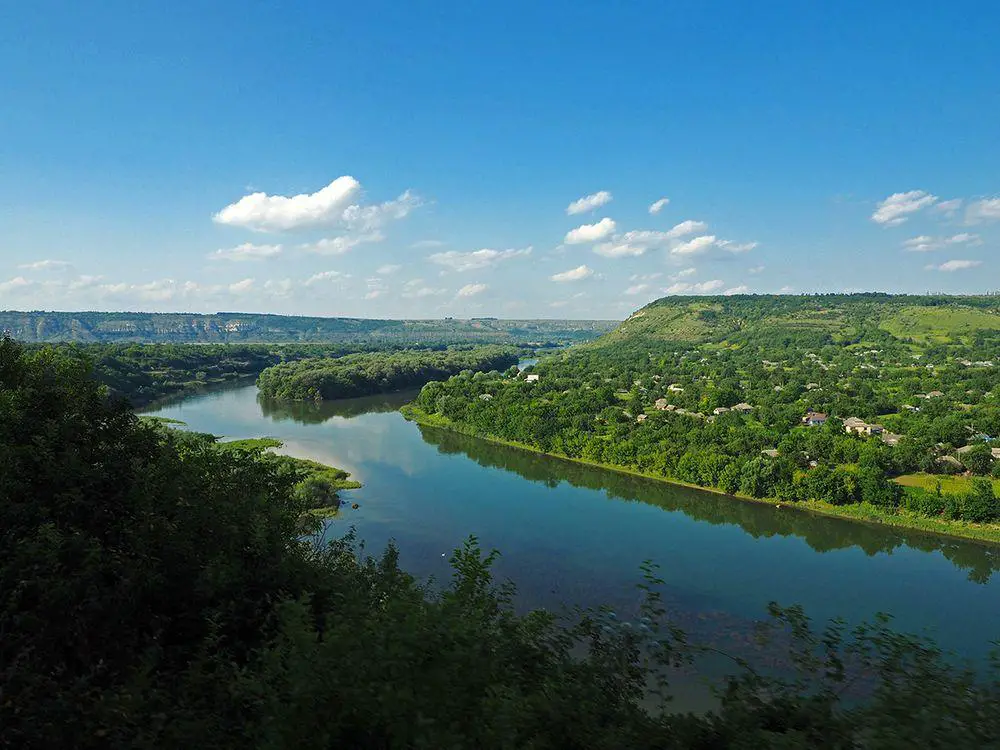
 Highlights
Highlights
The heritage of Moldova is little known outside its borders but this does not mean that there is little to see. In fact, Moldova has some nearly unique and impressive landmarks, such as Europe’s earliest traces of human activity, unusual archaeological heritage, and gargantuan wine cellars with hundreds of kilometers of passages and millions of wine bottles.
Map with the described wonders
If you see this after your page is loaded completely, leafletJS files are missing.
 Top 25 wonders of Moldova
Top 25 wonders of Moldova
Geological wonders
Popeliushka (Zolushka)
Briceni
91.05 km long cave, the 25th longest in the world. Cave has gorgeous speleothems.
Surprizelor Cave
Criuleni
The second longest natural cave in the country, 1.7 km long, formed in limestone.
Butesti Ravine
Glodeni
Impressive gorge, some 2 km long and 125 m wide. Here are found caves with rich finds of bones of bison, mammoths, rhinos, and other extinct animals. One cave was inhabited during the Paleolithic and Mesolithic, there are also traces of a Neolithic fortress.
Răut Canyon
Orhei
Up to 148 m deep river valley with exposed limestone steeps. The most impressive part is 7 km long. Especially impressive is Butuceni promontory with a 3 km long and up to 120 m tall limestone exposure. The area has been rich with settlements since the Late Paleolithic (some 30 – 20 thousand years ago).
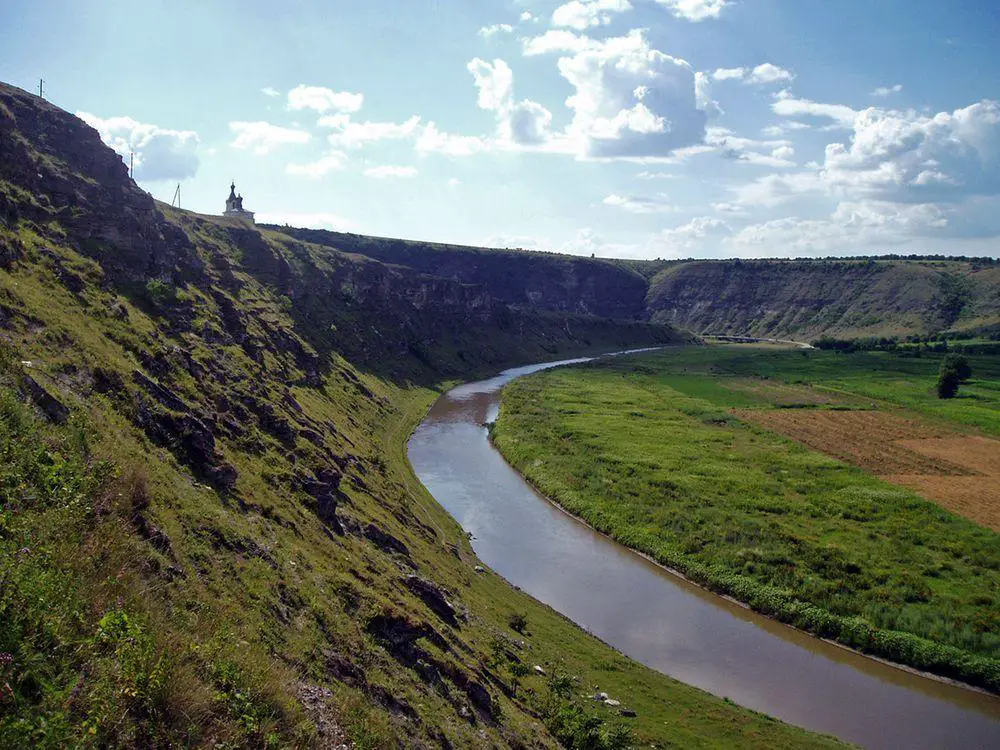
Saharna Falls
Rezina
Group of 22 waterfalls, all on the Saharna River. The tallest waterfall (Gipsy Hole) is some 5 – 8 m high and has formed a plunge pool under it.
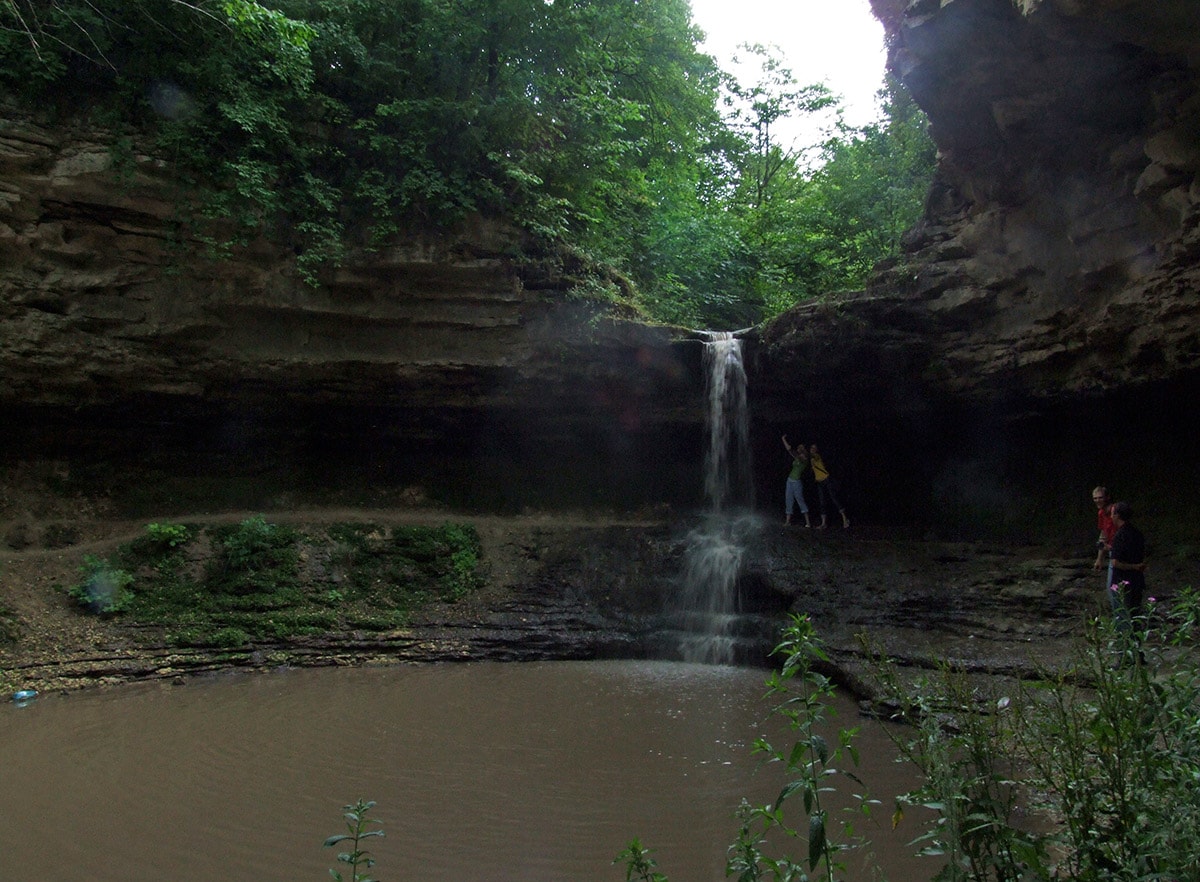
Ţipova Falls
Rezina
Some 16 m tall waterfall on a small stream in a ravine near Ţipova monastery. There are several fairly tall waterfalls in these ravines.
Jeloboc Spring
Orhei
Powerful spring with an output of 150 l/s.
Archaeological wonders
Old Orhei
Orhei
Ancient settlement on the banks of the deep Răut Canyon, inhabited since the Paleolithic age. The site includes remnants of the Geto-Dacian fortress (6th – 1st century BC), Golden Horde fort (Yangi-Shehr, 14th century), and other historical landmarks. The site includes rock-cut dwellings.
Mogorjelo
Herzegovina-Neretva
Remnants of a large Roman villa that was built in the early 4th century AD. Later here were built two basilicas.
Bayraki Paleolithic site
Transnistria
The site contains some of the oldest known traces of humans in Europe – 1.1 – 1.2 million years old (Early Paleolithic) flint tools from the Oldowan epoch.
Architecture wonders
Mileștii Mici winery
Ialoveni
The largest wine collection in the world. Wine is located in extensive underground galleries with a total length of some 200 – 250 km, “only” 55 km are in use now, and some 120 km are accessible. Here are located more than 2 million wine bottles.
Cricova winery
Rîșcani
A giant complex of wine cellars with a total length of 120 km. The development of these cellars started in the 15th century. Cellars developed as limestone quarries for the construction of the nearby Chișinău city. Winery has some 1.25 million bottles of wine.
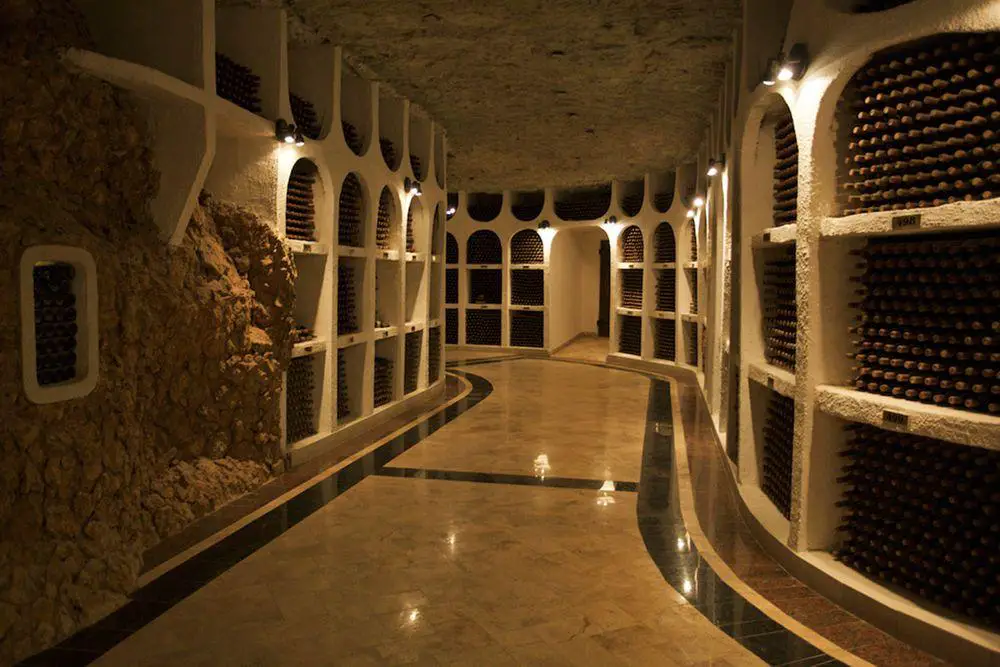
Soroca Fort
Soroca
Impressive and well preserved fort, built in 1543 – 1546. Its walls form a perfect circle with five bastions.
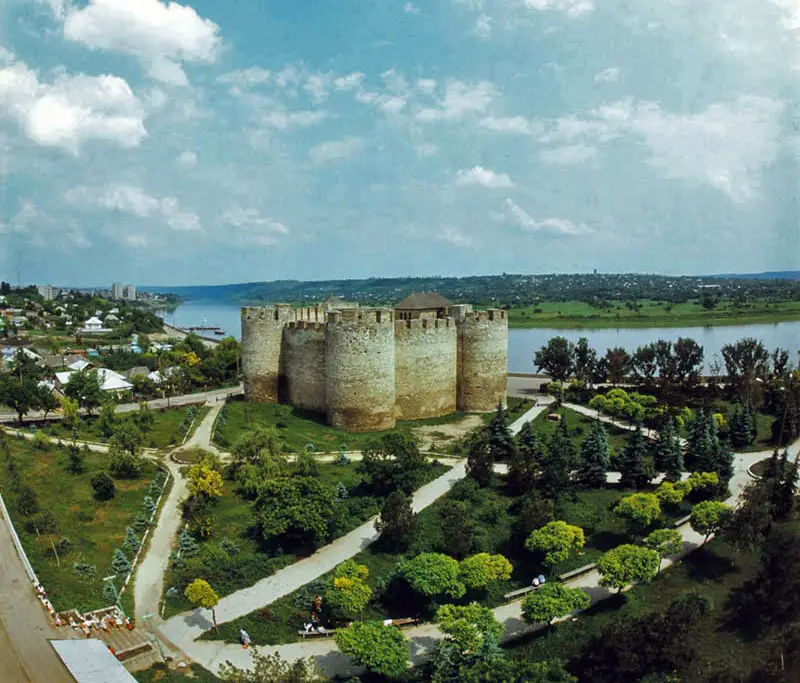
Saharna rock-cut church
Rezina
Rock cut church of unknown age, devoted to Annunciation. Next to it are traditional monastic structures – St. Trinity monastery.
Rudi St. Trinity Church
Soroca
Characteristic church in Rudi Monastery, good example of traditional Moldovan architecture.
Căușeni Assumption of Our Lady Church
Căușeni
An old church building from the 17th century, partly under the ground. Contains the only medieval fresco in the country, in the late Byzantine – Romanian style.
Căpriana Monastery Church
Strășeni
A historical stone church, built in Moldavian style in 1491 – 1496.
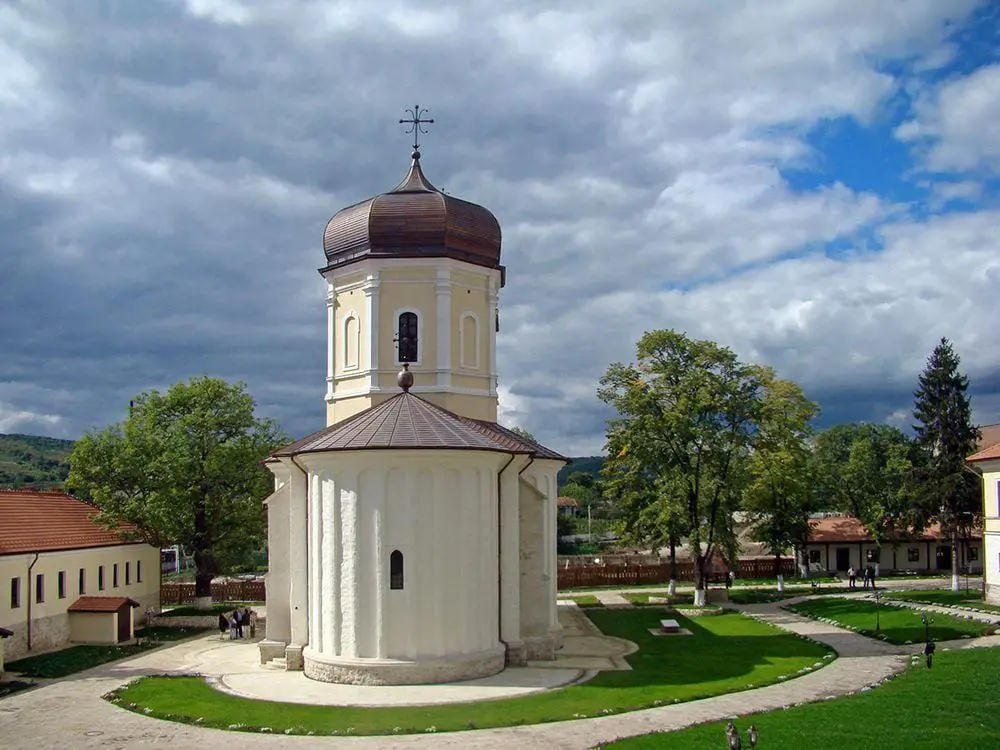
Butuceni rock-cut shrines
Orhei
Group of some 200 rock-cut caves linked to the Christian cult in the valley of Răut. In the walls of many caves have been carved religious texts and symbols.
 Recommended books
Recommended books
Local Travel Guide to Moldova
Local Travel Guide to Moldova by Olga Stan will help you plan your trip to this beautiful country. The guide book contains up to the date information about local cuisine, transportation, interesting places to visit, accommodation options, security, and the history of Moldova. Written by a native who has tons of useful knowledge, this travel guide is a handy and useful passport to the best in Moldova.
Romania & Moldova
Ponder whether Bucharest is the ‘Paris of the East’ at its own Triumphal Arch. Roam deserted stretches of sand where the Danube meets the Black Sea. Find out why the keys to ‘Dracula’s castle’ are held by a New York architect. Enjoy a tipple at the winery where Russia’s President Putin celebrated his 50th birthday.


